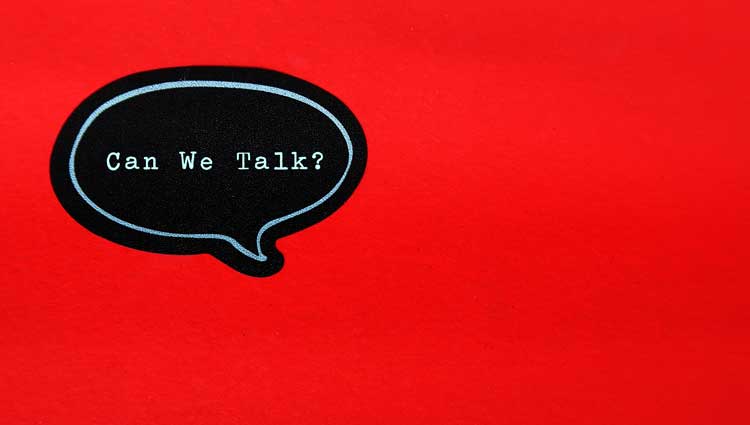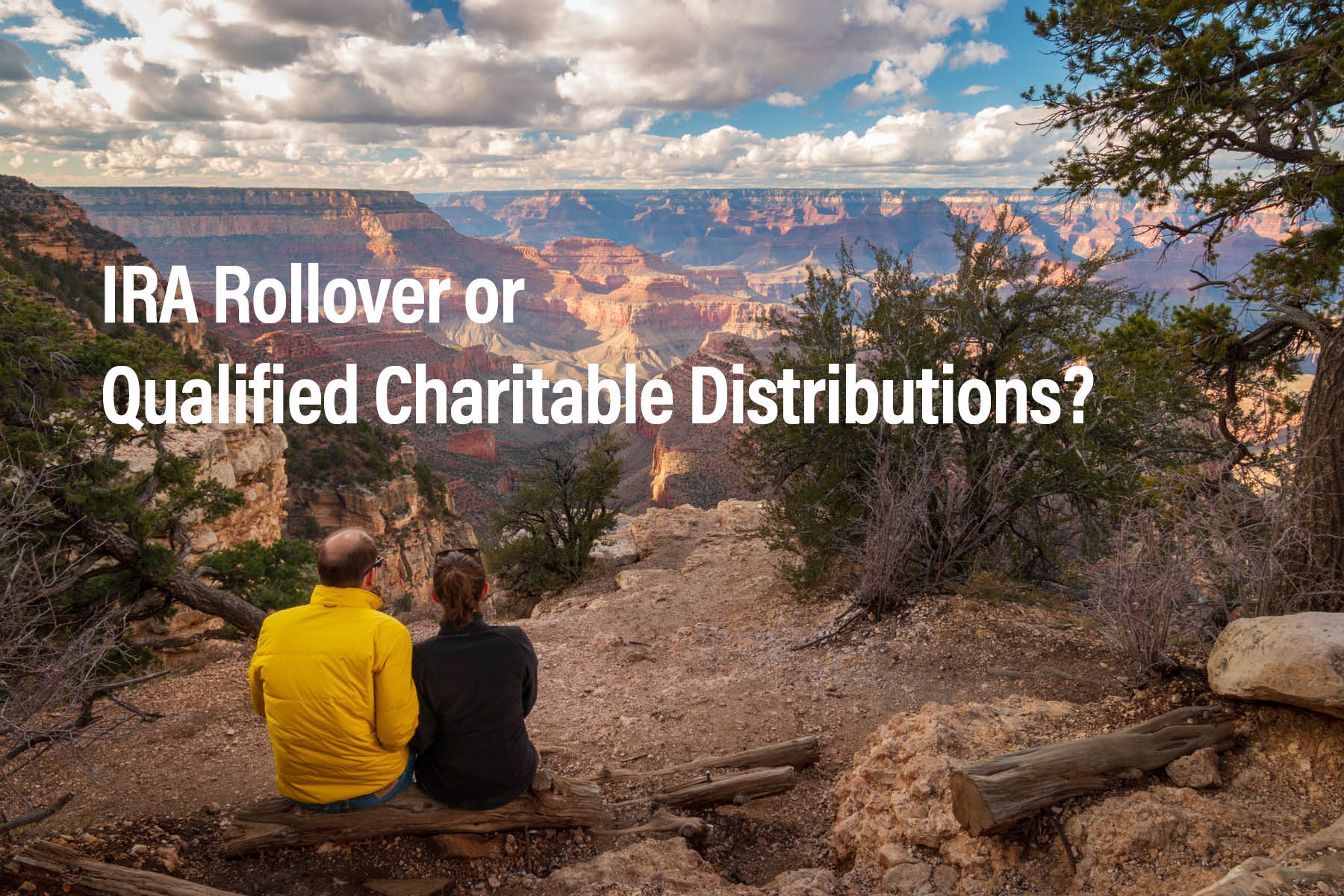We’ve all seen those late-night TV infomercials by high-energy pitchmen selling the same old products year after year since the ’90s:
“Just set it, and forget it!”
“Operators are standing by!”
“But wait, there’s more!”
Regardless of what you think about their advertising styles, many of those companies are still around and enjoying hefty bottom lines by selling Showtime Rotisserie Grills, ThighMasters, Snuggies, and Ginsu Knives.
And their success rates can be traced to one common denominator: consistent branding.
What is Branding?
Silly as some of them may seem, your nonprofit can learn a lot from those for-profit infomercial examples of branding. That’s because they each did branding so well.
Most people think of a brand as just a visual symbol—Nike’s swoosh logo, for example, or the distinctive colors and font used on a can of Coca-Cola. But that’s only one part of a much larger picture. The term “branding” encompasses a number of other components as well:
- There’s the psychological/emotional message, like Apple’s “Think Different” marketing campaign. It sought to link Apple to innovators like Einstein, Bob Dylan, Amelia Earhart, Martin Luther King, and Gandhi—people who changed the world. The inference is that Apple users also think different and have the potential to change the world. And Nike, of course, has, “Just Do It.” It invokes the idea that when the going gets tough, you push through. That’s a fantastic slogan for a company that wants to link its image with athletes who strive for victory.
- There’s the tone in which the brand message is delivered: hopeful, serious, helpful, irreverent, scholarly … however your organization wishes to be perceived. This is also linked to the psychological message.
- There’s the perception the public associates with your brand. Think about the suave, luxury look associated with Ray-Ban sunglasses; the happiness associated with Coca-Cola; or the exclusivity associated with Harley-Davidson.
So, back to the infomercials for a moment, specifically those for Ron Popeil’s rotisserie grill: In every single one, you saw Popeil in the same outfit: Cornflower blue dress shirt and a green kitchen apron with the words “Ronco” across the front. He spoke in the same friendly, matter-of-fact tone of voice, and used the same catchphrases. His messages usually emphasized the time-saving aspect of his products. Any lettering was in the same easy-to-read font family. And the commercials all took on a similar format from year to year and update to update. His brand was—and still is—instantly recognizable.
The Importance of Branding
Obviously, when branding is done properly, consistently, and all the elements come together, it’s a very powerful tool. It helps attract supporters, makes your organization instantly recognizable, and lends a layer of trust to all your marketing and outreach efforts. In the case of your NPO, that’s invaluable! Your branding not only makes it easy for donors and prospects to identify your organization across channels, it helps to establish their identity as a person and a supporter.
For a perfect example, look no further than the World Wildlife Federation. Their iconic logo with a panda and “WWF” can be found almost everywhere there’s a philanthropic nature lover. Seeing that logo on a bumper sticker or hat identifies the owner as a nature lover immediately—just like seeing an Eagle’s logo identifies a fan of the football team. And when you display a logo for a brand you support—whether it’s pro sports, a sneaker company, or a nonprofit—it makes you feel like part of that team. Talk about built-in stewardship!
But good branding is about more than just making a memorable impression. It also helps people understand your organization, establishes your identity, and helps you to stand out from others in the crowd. In short: It shows why you’re special. That’s one of the reasons our clients’ websites are branded with “planned giving” in the title. It not only naturally boosts their SEO rankings, it lends their organization the legitimacy that naturally comes with a planned giving program and makes it part of their brand!
“Brands are essentially patterns of familiarity, meaning, fondness, and reassurance that exist in the minds of people.”
— Tom Goodwin
It’s Not Overnight or Once-and-Done
Like we always say about marketing, your branding needs to be consistent. It also needs to be a perpetual process, evolving to keep up with trends and the times.
You might ask, “How can it be consistent, but also evolve?” Take a look at McDonald’s to see what we mean. Over time the company’s logo, fonts, catchphrases, colors—even the style of its iconic arches—have changed to keep pace with trends. Sometimes the changes were subtle, sometimes more dramatic. Yet the overall feel has always stayed familiar, which is why the brand is recognized all over the world.
In practice, consistency looks like this:
- Newsletters, emails, direct-mail pieces, websites, social media pages, signage, etc. all use the same font family, colors, and logo.
- The size/proportion of the logo is consistent across materials.
- The tone of voice is consistent across materials.
- Associated catchphrases are consistent across materials.
- Employees/volunteers use a consistent tone with the public.
Evolving all these components is simply a matter of reviewing them every few years to ensure they’re still meeting expectations. You might choose to refresh the brand by adjusting your language a bit (for instance, adopting a more hopeful tone over an authoritative, urgent one); tweaking the logo; and refreshing printed materials. Or you may decide it’s fine as-is, and decide to revisit the subject in another few years.
It seems fairly cut and dried … but if branding was a simple process, there would not be as much ambiguity and dissonance around the concept.
Beware of Bad Branding!
Branding efforts run into trouble when the visual, psychological and tone components mesh together poorly, or are inconsistent with the organization they’re meant to represent. For instance, a cutting-edge medical center that tries to blend an irreverent tone, hard-to-read-fonts, and a poorly designed logo that unintentionally looks suggestive. (Just do Google searches for “logo design fails” and “font fails” and you’ll find plenty of examples.)
Over the years, countless companies have experienced fallout from spectacularly bad branding choices. Some you’ve never heard of, because their brands never jelled with the public. Others were able to recover, but took a hit—like the time Tropicana decided to change the look of its iconic orange juice box and alienated the majority of its customer base.
The takeaway: Branding is serious business, whether you’re starting new, rebranding, or refreshing current materials.
Establishing Your Brand: The ABCs
These branding basics will get you started. Strategy and commitment will take you the rest of the way.
- Identifying and creating your brand
The first step is a discovery process. How do you want your organization to be perceived? A medical college might wish to be seen as “the region’s pioneering cancer research center and a leader in women’s higher education.” An animal rescue center may identify as “the county’s only no-kill shelter for all species of animal companions.” A literacy group might wish to be known as “an advocacy group that focuses on improving reading and comprehension skills among at-risk students.”
This will take some conversations with the boss, your board, fellow fundraisers, other employees, volunteers, those you serve, and even some donors. A simple three or four-question survey will help. You could ask:
- How does [your nonprofit] make you feel?
- On a scale of 1-5, how likely are you to recommend [your nonprofit] to someone else?
- When you think of [service your nonprofit provides], what other organizations come to mind?
- When you think of [your nonprofit], what three words would you use to describe us?
- What do you expect from [your nonprofit]?
This will give you an idea of how your organization is already seen; give you an idea of what supporters think of and expect from your NPO; and allow you to explore ways to differentiate, build, and strengthen your brand.
Building Up Your Brand
Now you need to ensure your brand is apparent in everything the organization does.
That means finding a way to translate it into all communications and interactions, both in-house and public: websites, brochures, fundraising materials, banners, signs, giveaways, newsletters, social media and blog posts … even how you answer the phone. When you combine the visual identity with brand-forward actions, it will gradually build up brand awareness and perception.
Maintaining Your Brand
These four steps will help ensure consistent branding:
- Have your graphic designer create a visual style guide specifying colors, fonts, line spacing, logo usage and any other distinguishing design elements. Ensure anyone who designs materials for your nonprofit has a copy of the guide.
- Have your writers create a content style guide. This will include direction such as how your company’s name is to be used (e.g., is it ever abbreviated?); the proper spelling of company products; and the voice and tone of company communications.
- Make templates of branded documents readily available to your employees. This will ensure that eblasts, faxes, PowerPoints, and other official communications maintain a consistent branded look.
- Ensure everyone on staff is educated about how they can best represent your brand.
“A good definition of brand strategy is the considered intent for the positive role a company wants to play in the lives of the people it serves and the communities around it.” — Neil Parker
Content, Copy, and Branding
While the visual side of branding is important, it’s fairly simple to maintain once established: Just ensure all materials use the same color scheme, fonts, and logo(s) consistently.
The side that’s often forgotten, however, is equally important—and is also the portion that can be more difficult to finesse: Maintaining that brand in all your written content.
That means not just brochures and web pages, but emails, eblasts, social media, blog posts, thank-you letters, annual reports, appeals, direct mail and all other advertising copy. This also translates to anything spoken—videos, podcasts, reels, interviews, etc.
The bottom line: No matter what type of content it is, if it comes from someone in your organization, it needs to carry the proper tone and convey the proper, familiar feeling.
Well-written content speaks to your supporters. It creates an emotional connection and makes them feel like part of the family. It motivates them to become annual, legacy or major donors not just because you ask, but because they’ve already taken on your mission as part of their own identity. It even motivates them to spread the word about your mission—spurring more donations. Your brand has become part of their own, personal brand. Your success is, in a way, their success. Your legacy has become part of their legacy.
The key to all this knowing your audience—your supporter base—on a deep level. Why are they invested in your mission? What is it they are connecting with? How can they help? In short, your content should make them feel like they’re a critical part of what you do—because they are!
Here are some final tips that will keep your brand on track and make your content shine:
- Sell the sizzle, not the steak. We say this about planned giving all the time, but it applies everywhere: Your supporters don’t want to hear all the technical details about how they can help (at least, not up front). What are the features? What are the benefits? How many manatees can they save? How many dogs and cats can they/did they help rescue? Will the money go directly to aid the victims? Will they receive any benefits related to their gift—behind-the-scenes access, a special table at the gala, a name on a wall?
- Know your tone. Don’t be demanding, whiny, or scolding. Do be helpful, authoritative, serious, urgent, hopeful, angry, empathetic, concerned, witty, exclusive, inspiring, lighthearted, humorous, compassionate, or any combination of the above—as long as it fits your organization. Once you know your tone, stick to it.
- Know your brand voice. Your brand voice should be distinct, and includes unique words and language. A perfect example from the for-profit world: Nike’s “Just Do It” slogan. The nonprofit translation: The World Wildlife Fund’s Love It or Lose It campaign. Your voice goes hand-in-hand with your tone.
- Know Your Audience. What are your supporters’ hopes and dreams? What do they believe in? What do they respond to? What do they expect from your organization? (This is where donor data and surveys come in handy). Tailor your content accordingly.
- Write to (and for) your supporters. Donor-centric copy is a must: Aside from a few specific words unique to your mission or brand, you should avoid industry buzzwords in favor of simple, everyday language. This is especially important when describing planned gifts; you are not writing for accountants and lawyers.
- Tell Stories, Tap Into Emotion. Storytelling is the key to your success, and triggering emotions is the key to good storytelling. What’s the story behind your mission? Behind a donor’s gift? Behind a positive outcome that donors helped bring about? You need to capture the arcs of those stories: Beginning, middle, end; conflict, obstacles, triumph. That’s what makes stories (and your brand) relatable to your supporters.
Branding doesn’t happen overnight. It’s a constant, evolving process that requires commitment and attention to detail. But once you get it right, it pays back dividends on all that hard work by helping your nonprofit organization stand out from the crowd and cultivating donor loyalty and trust.
If you need help with your NPO’s branding, contact us today. We can get your content on track, whip your planned giving marketing into shape, and set your organization on the road to success.
Branding communicates a nonprofit’s value proposition. This is more than a collection of unique “selling” points. It’s the whole package of expected benefits that donors can expect to be the outcome of their donation.
Branding develops trust and loyalty. “People don’t buy products, they buy brands.” In a word: trust.
Branding distinguishes you from the nonprofit next door.
Branding boosts your value. Why? Because it is a powerful driver of trust, repeat donations, and recognition.
Branding promotes organizational morale.

Viken Mikaelian
CEO
Planned Giving Marketing Expert






